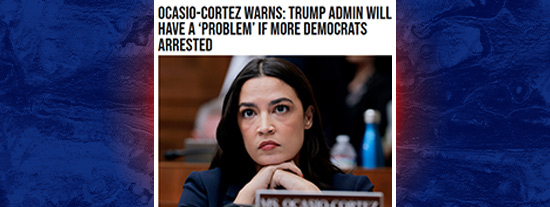Trump weighs appointment of ‘Golden Dome’ czar as missile defense push gains momentum

President Trump’s Strategic Defense Vision: The Golden Dome Initiative
In a bold move to enhance national security, President Donald Trump is contemplating the appointment of a specialized czar to oversee the ambitious Golden Dome project. This initiative aims to develop a comprehensive missile defense system covering the entire United States. The potential appointment highlights the project’s complexity and urgency, necessitating collaboration among various governmental bodies and private defense entities.
Unprecedented Defense Budget and Commitment
The Trump administration has demonstrated its commitment to this national security priority through a substantial proposed defense budget for fiscal year 2026. The budget earmarks a historic $1 trillion for defense, marking a 13% increase from the previous year, with significant funding directed towards the Golden Dome project. According to the White House, this budget serves as a foundational investment in the development and deployment of the missile defense shield, aimed at protecting the U.S. from any missile threats.
Potential Leadership and Implementation Challenges
The implementation of the Golden Dome system poses substantial logistical and operational challenges, prompting discussions about the potential appointment of a dedicated czar. General Michael A. Guetlein of the U.S. Space Force is reportedly a top candidate for this role. However, the extent of authority this czar would hold over the procurement process remains uncertain.
Industry experts stress the necessity of the Golden Dome for safeguarding the homeland against advanced missile threats, particularly from nations like China and Russia. Tory Bruno, CEO of United Launch Alliance, advocates for the immediate deployment of the system, citing the technological feasibility of a space-based layer of interceptors complemented by sea-based systems and THAAD batteries across strategic U.S. locations.
Advancements in Hypersonic Missile Tracking
|
The rapid development of hypersonic weapons by adversaries has significantly influenced the Golden Dome strategy. Notably, China’s tests of hypersonic technologies have demonstrated capabilities that could bypass current U.S. defenses, signaling an urgent need for advanced tracking systems. L3Harris Technologies has been instrumental in developing satellites capable of detecting and tracking these complex missile trajectories from space.
Technological Evolution and Cost Efficiency
The concept of a space-based missile defense system is not new and can be traced back to the Reagan administration’s Strategic Defense Initiative. However, today’s technological advancements have made such a system more feasible and potentially more cost-effective than ever. Experts from Booz Allen have outlined a vision involving a network of autonomous satellites equipped with AI, which could offer a robust defense mechanism against missile threats at a fraction of the cost of previous initiatives.
Industry Mobilization and Strategic Partnerships
The announcement of the Golden Dome project has ignited a flurry of activity within the defense sector, with major companies and emerging tech firms vying for a role in this pivotal national defense upgrade. While traditional defense giants like Lockheed Martin emphasize their proven capabilities, newer industry players such as SpaceX and Palantir are also in contention, reflecting a dynamic shift in the defense technology landscape.
As the Trump administration moves forward with this critical national security initiative, the selection of contractors and the final configuration of the Golden Dome system will be decisive in shaping America’s defense capabilities in the face of evolving global threats.









No Comments